Last Updated October 7, 2022
TireHungry.com is reader-supported. When you buy through links on our site, we may earn an affiliate commission at no added cost to you
In addition to providing a wide range of services, AAA can assist with a wide range of service requests. The AAA Towing Service can tow your vehicle to the place of your choice if the tire on your vehicle requires a patch or plug. The extent of your coverage will be determined by your membership level.
Unfortunately, AAA will not be able to repair or patch your tire, but they will be able to install a spare tire (if you have one) or tow you to the nearest AAA authorized service center or any location of your choice where you can have your vehicle tire repaired or replaced entirely, depending on the condition of the tire.
Please keep in mind that AAA will only tow you up to the number of miles specified in your membership, and any more miles will be charged.
Example: If you have a basic membership with the American Automobile Association, you are only entitled to 7 miles of free towing, and every distance beyond that will require you to pay a fee of up to $7-$12 per mile, depending on the distance traveled.
What's In This Guide?
The American Automobile Association (AAA or Triple-A) is more than just a club. They offer roadside assistance services from towing to battery and fuel delivery, jump start, and the most common flat tire service. That said, below are some of the services offered by AAA should you find yourself stuck on the side of the road.
Is there a spare tire available from AAA?If you have a flat tire or a punctured tire, AAA is always available to assist you! You can ask a AAA expert to inspect the quality of your present tire to see whether it is still capable of holding air if your car does not have a spare tire or donut on hand.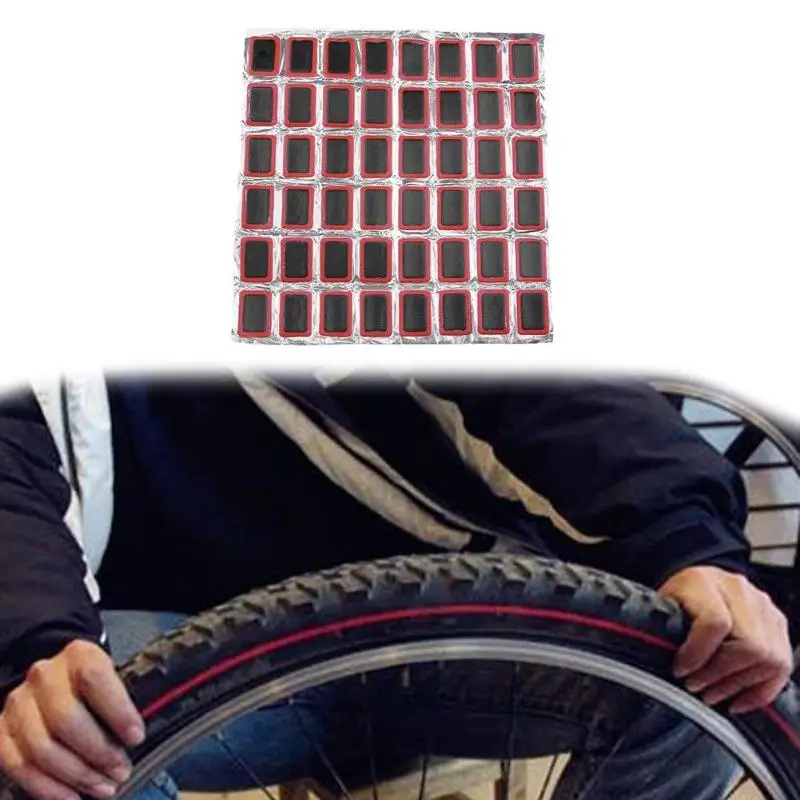 It will depend on the extent of the tire damage that AAA Roadside Assistance will be able to either install a replacement part or tow the vehicle.
It will depend on the extent of the tire damage that AAA Roadside Assistance will be able to either install a replacement part or tow the vehicle.
When you contact AAA Roadside Assistance, you will not be left stranded. The damage to your tire will determine whether or not you will install your usable spare tire, re-inflate your tire, or tow away your vehicle.
What is the cost of changing tires with AAA?Depending on the vehicle, the cost is normally between $300 and $600. It doesn’t matter what you do, you’ll soon find yourself without flat tires, spare components, run-flat tires, sealant/inflator, and any sort of plans.
How much does it cost to tow a vehicle a distance of 10 miles?As of writing, towing costs $75 for the first 10 miles and $3 each mile after that for the remainder of the trip. If you require additional services (such as a tire change), you will be charged an additional $50.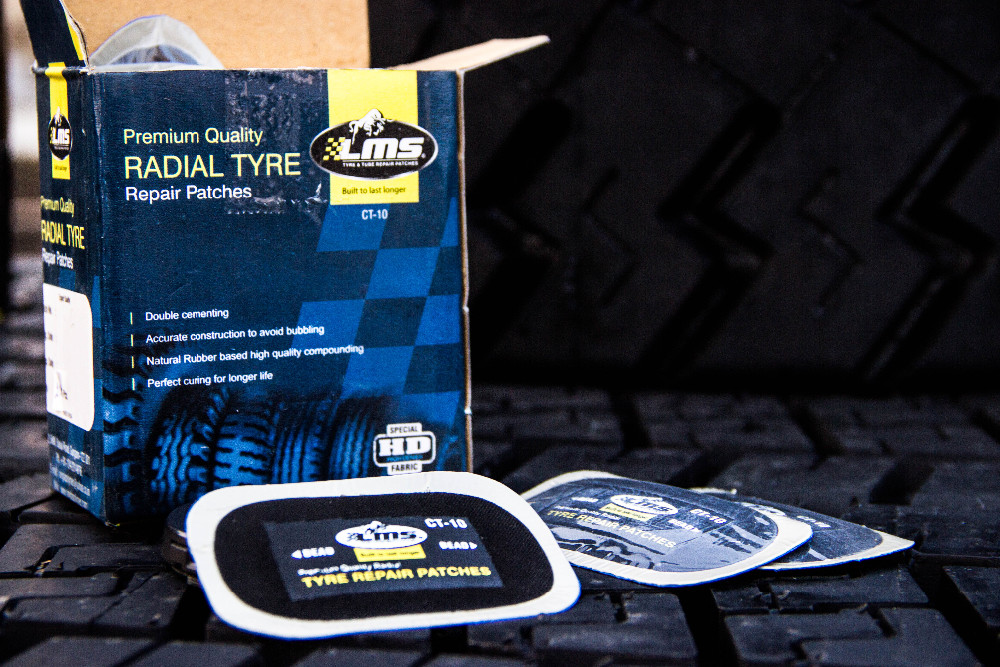
If you experience a tire blowout, you should pull over to the shoulder of the road if at all possible. AAA can tow you back home or to another location of your choosing, such as a mechanic’s shop. If there is no damage to the tire and your automobile is still operable, they can also install a spare or inflate the tire.
What Would You Do If You Get A Flat Tire And Don’t Have Any Parts?There will be times that you’ll find yourself getting a flat tire and your spare tire doesn’t hold as much air to carry the weight or you don’t have the necessary patch/repair kit to get back on the road right away. Below are what you can do when you find yourself in the said situation.
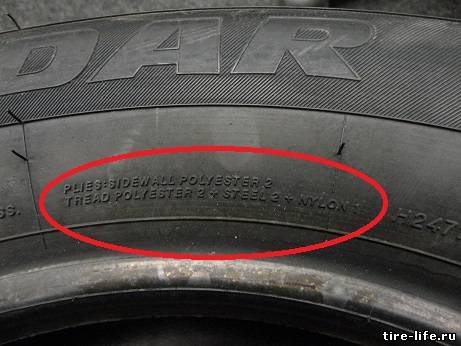 Run-flat tires perform in the same way as conventional tires, but they can only be used for a short period of time and at a slower speed.
Run-flat tires perform in the same way as conventional tires, but they can only be used for a short period of time and at a slower speed.In contrast to patching a tire, which can take from around 20 to 30 minutes, the process of inserting a plug takes only a few minutes and can usually be done while the tire is still mounted on the car. It may be necessary to vulcanize the tire patch in some cases, which is a procedure that employs heat and curing materials to reinforce the rubber of your tire.
How Long Does A Patch Last In A Tire?Tire experts estimate that a properly installed plug and patch will last between seven and ten years on average. The use of tire patches is not recommended more than once, despite the fact that they can last for an extended period of time. It has the potential to have a detrimental impact on the speed rating and perhaps cause blowouts.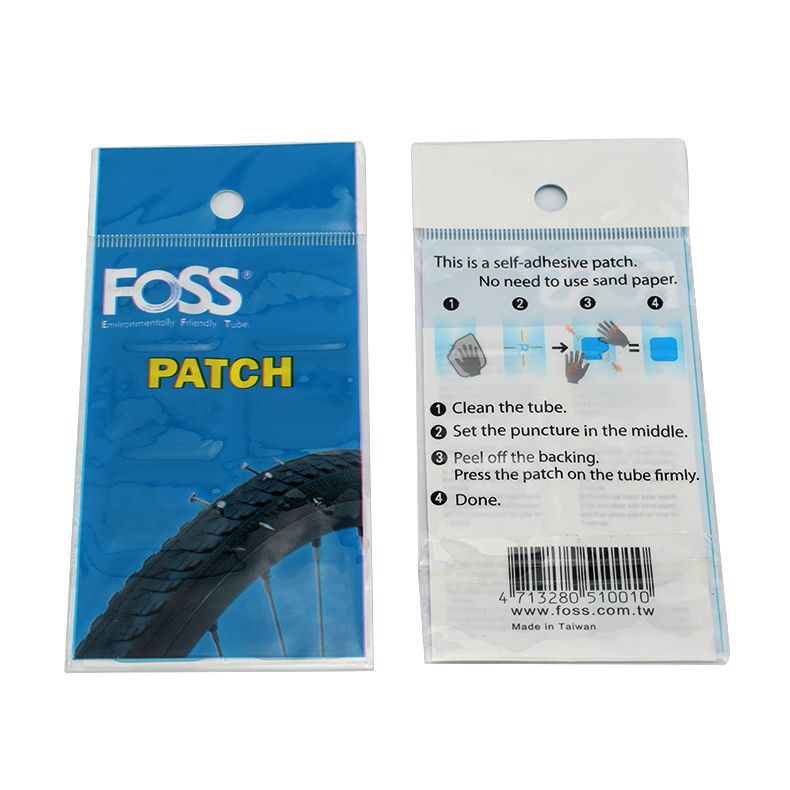
The average cost of a tire patch and rebalancing is roughly $25 at most firms and auto outlets. If you are fortunate enough to notice a puncture early, you should only be charged between $15 and $30 by the repair shop. Other chains of retailers can charge as little as $20 or less for a tire patch, and some even offer tire patches for free.
ConclusionAAA doesn’t provide tire patching. However, AAA can assist with a wide range of service requests. The AAA Towing Service can tow your vehicle to the place of your choice if the tire on your vehicle requires a patch or plug.
Recently Published GuidesTop Tire Retailers
Driving is one of the great freedoms of the world. It gets you from A to B in record time and allows you to spend time with family while going on road trips to see natural wonders and fun amusement parks. But ending up with a flat tire in unfamiliar territory can be stressful and scary. Having some form of roadside assistance membership can be a great help in these times.
But ending up with a flat tire in unfamiliar territory can be stressful and scary. Having some form of roadside assistance membership can be a great help in these times.
While AAA can inflate a tire or install your own spare tire, they will not patch a tire for you. If your tire is not able to be inflated and you don’t have a spare tire that can be installed, the only other option AAA can offer is to tow your vehicle to a nearby service center.
Roadside assistance plans such as those offered by AAA can be a great investment to consider. Membership plans can cost $50 to $100 or more and will have a different range of benefits to suit every type of driver.
Whether you simply want coverage when commuting to work, or will be taking the RV out on a long road trip, a AAA assistance plan can be extremely useful to have.
The AAA roadside assistance plan can offer a few ways to help you if you are stranded at the side of the road with a flat tire.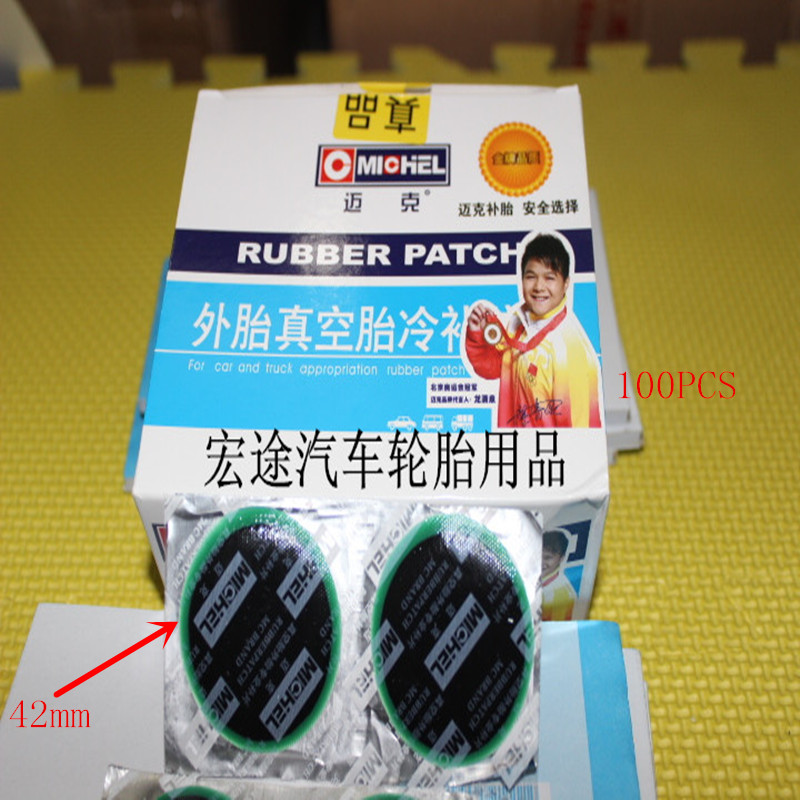 The first is they can remove your flat tire and install your spare.
The first is they can remove your flat tire and install your spare.
The caveat is that you need to have a viable spare with you. AAA cannot bring you a spare tire!
Many newer vehicles may not have a spare tire due to changes in how vehicles are manufactured. If this is your situation, another option is for AAA to inflate your tire. If you have a slow leak, inflating the tire can give you enough tire pressure to drive yourself to a service center for patching or replacement.
If this is not an option due to your tire having sidewall damage or a severe puncture, the only other option AAA can offer is to tow your vehicle to a nearby service center. This may be free and covered under your roadside assistance plan, however, the distance you can be towed at no cost will depend on the type of plan you have.
For example, the basic AAA plan covers you for 5 miles of towing.
If your vehicle has to be towed further, you will be charged around $10 for each mile over the initial five.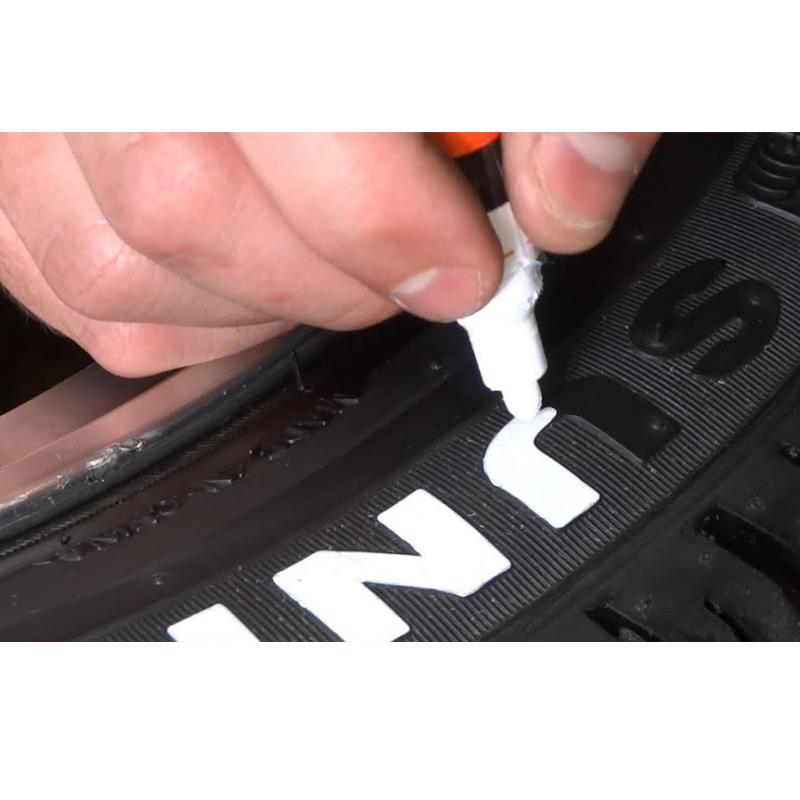 If you were on an adventure away from civilization when you got a flat, this towing charge may add up to quite a bit of money when all is said and done!
If you were on an adventure away from civilization when you got a flat, this towing charge may add up to quite a bit of money when all is said and done!
Tip: Make sure to also take a look at my article on the 7 most commonly asked questions about AAA here!
There are various costs associated with patching a tire. It’s not as straightforward as it may seem.
While the actual sealing or patch may cost a small amount of money at a mechanics shop or service center, the other costs add up!
If the puncture is only very tiny and the air is leaking out slowly, you may be able to inflate the tire and drive yourself to get repairs.
However, if towing is required the average fee from an independent towing company starts at around $75 for the first 10 miles and costs $3 to $5 per mile after that.
If you have an AAA plan, the towing fee may be completely waived depending on the distance your vehicle needs to be towed and which roadside assistance plan you have.
Having a basic sealant and inflation kit of your own may be extremely useful, but can also be costly. However, having it and not needing it is much better than needing it and not having it!
Depending on the inflation kit you purchase, this can be as simple as a can of expanding foam for a few dollars, to an electrical air compressor powered by your vehicle that can cost up to $300.
Once your vehicle arrives at the repair shop, several factors will determine how affordable or costly the bill will be. If the damage is minor and only includes a single small puncture, patching is an option and may only cost $30 or less.
However, if there has been severe damage to the sidewall, a large blowout, or multiple punctures from glass or nails, patching them may not be an option. In this case, an entirely new tire will be needed. Depending on the size and style of the tire you need, you may be looking at up to $250.
In addition to the cost of the tire, the service center may also charge for installing the tire. While this fee is normally small and is sometimes included with a new tire purchase, it can still be another unexpected addition to your overall bill.
Having an AAA membership will cost you an annual fee, however, it can help cut down on a lot of the costs associated with repairing a tire. If the problem is very minor, it can get you back on your way at no cost whatsoever.
Unfortunately, no. Roadside assistance offered by AAA will not be able to patch a small hole or slow leak in your tire. However, if you have an AAA plan they can inflate, install your spare, or tow your vehicle to a nearby service center at no cost.
If you have a spare tire with you, AAA can change your flat and replace it with your spare. Your AAA technician will not bring a spare tire with them, however, so you must have your own aired up and ready to go.
No matter where you may be; at home, at the store, or in the middle of nowhere, AAA can come to you and inflate or change your flat tire with your spare. This is a great service for someone who is unsure how or unable to change their own tire.
While having an AAA roadside assistance plan is not the perfect answer to every situation, it can be a very valuable asset to have in some cases.
Always try to keep a spare tire with you, and ensure it is in good working order so your roadside assistance technician can get you back on your way in record time.
via cesucara
44 044 views
On the night of January 23, CD Projekt RED released the first major patch for Cyberpunk 2077 - it is already available on PC, consoles and the Stadia cloud service.
The developers noted that the new update is intended to lay the foundation for future updates. Patch 1.1 improves stability and fixes some of the bugs that players on consoles and PC encountered, as well as fixes some bugs in quests and the open world.
Changes that were included in patch 1.1
Stability
Quests/Open World


Interface
Graphics

Achievements
Miscellaneous
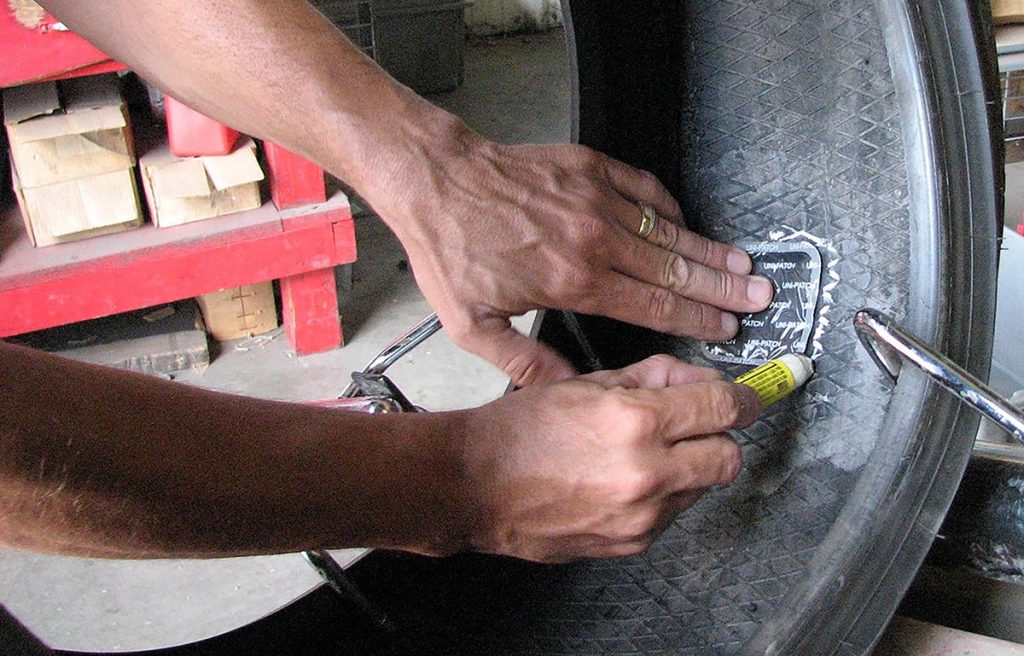
Changes for PlayStation
Changes for Xbox
PC modifications
Stadia Changes

Material amended by edition
Apache and Nginx are the 2 most widely used open source web servers in the world. Together they serve more than 50% of the traffic on the entire Internet. Both solutions are capable of handling a variety of workloads and interacting with other applications to implement a complete web stack.
Although Apache and Nginx have many similarities, they cannot be considered fully interchangeable solutions. Each of them has its own advantages and it is important to understand which web server to choose in which situation. This article describes how each of these web servers behave under different conditions.
This article describes how each of these web servers behave under different conditions.
Before diving into the differences between Apache and Nginx, let's take a quick look at the backstory of each of these projects.
Apache HTTP Server was developed by Robert McCool in 1995, and since 1999 has been developed under the management of the Apache Software Foundation, the Apache software development foundation. Since the HTTP server is the foundation's first and most popular project, it is usually referred to simply as Apache.
The Apache web server has been the most popular web server on the Internet since 1996. Due to its popularity, Apache has strong documentation and integration with third-party software.
Administrators often choose Apache because of its flexibility, power, and widespread use. It can be extended with a system of dynamically loaded modules and execute programs in a large number of interpreted programming languages without the use of external software.
In 2002, Igor Sysoev began work on Nginx in order to solve the C10K problem - the requirement for software to work with 10 thousand simultaneous connections. The first public release was made in 2004, the goal was achieved thanks to an asynchronous event-driven architecture.
Nginx has been gaining popularity since its release due to its light-weight resource utilization and the ability to easily scale on minimal hardware. Nginx excels at serving static content and is designed to pass dynamic requests to other software designed to handle them.
Administrators often choose Nginx for its resource efficiency and responsiveness under load, as well as the ability to use it as both a web server and a proxy.
One of the biggest differences between Apache and Nginx is how they handle connections and respond to different types of traffic.
Apache provides several multi-processing modules (MPMs) that are responsible for how a client's request is processed. This will allow administrators to define the connection handling policy. Below is a list of Apache MPMs:
mod_php . 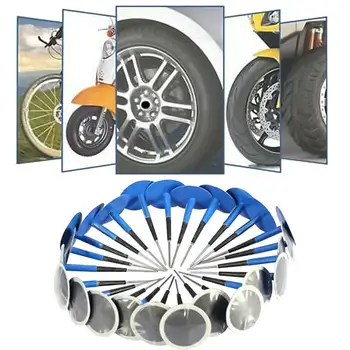 Each thread can handle one connection. Threads are significantly more efficient than processes, which means that mpm_worker scales significantly better than mpm_prefork. Since there are more threads than processes, this means that a new connection can be immediately handled by a free thread, rather than waiting for a process to become free.
Each thread can handle one connection. Threads are significantly more efficient than processes, which means that mpm_worker scales significantly better than mpm_prefork. Since there are more threads than processes, this means that a new connection can be immediately handled by a free thread, rather than waiting for a process to become free. As you can see, Apache offers the flexibility to choose different algorithms for handling connections and requests.
Nginx came on the scene later than Apache, so its developer was more aware of the concurrency issues that sites face when scaling. Thanks to this knowledge, Nginx was originally designed on the basis of asynchronous non-blocking event-driven algorithms.
Nginx creates worker processes, each of which can handle thousands of connections. Workers achieve this result thanks to a mechanism based on a fast loop in which events are checked and processed. Separating the main work from connection processing allows each worker to do his work and be distracted by connection processing only when a new event has occurred.
Each connection handled by the worker is placed in the event loop along with other connections. In this loop, events are processed asynchronously, allowing tasks to be processed in a non-blocking manner. When a connection is closed it is removed from the loop.
This connection handling approach allows Nginx to scale incredibly with limited resources. Since the server is single-threaded and does not create processes for each connection, memory and CPU usage is relatively even, even under high loads.
Since the server is single-threaded and does not create processes for each connection, memory and CPU usage is relatively even, even under high loads.
If we look at real life examples, then the main differences between Apache and Nginx are how they process requests for static and dynamic content.
Apache can serve static content using standard file-based methods. The performance of such operations depends on the selected MPM.
Apache can also serve dynamic content by embedding the desired language interpreter into each worker. This allows requests for dynamic content to be handled by the web server itself, rather than relying on external components. Language interpreters can be connected to Apache using dynamically loaded modules.
The ability to handle dynamic content within Apache itself simplifies configuration. There is no need to set up interaction with additional software, the dynamic module can be easily disabled in case of changing requirements.
Nginx does not have the ability to process requests for dynamic content on its own. To process requests for PHP or other dynamic content, Nginx must pass the request to an external processor for execution, wait for a response to be generated, and receive it. The result can then be sent to the client.
For administrators, this means that you need to configure Nginx to interact with such a processor using one of the protocols known to Nginx (http, FastCGI, SCGI, uWSGI, memcache). This can make the setup process a little more difficult, especially when you're trying to guess how many connections to allow, as it will use an additional CPU connection per user request.
However, this method also has its advantages. Since the interpreter is not built into every worker, the overhead associated with this will only occur when requesting dynamic content. Static content will be returned to the client in a simple way and requests to the interpreter will only be executed when needed. Apache can also work in this manner, but then it will deprive it of all the advantages described in the previous section.
Apache can also work in this manner, but then it will deprive it of all the advantages described in the previous section.
For administrators, one of the obvious differences between the two web servers is Apache's ability to set configuration at the directory level.
Apache has an option that allows you to enable directory-level configuration. If this option is enabled, then Apache will look for configuration directives in content directories in special hidden files called .htaccess .
Since such configuration files are located in directories with content, Apache is forced to check whether each component of the requested path contains a file .htaccess when processing each request and execute directives in the found files. This allows you to decentralize the configuration of the web server, which allows you to implement at the directory level modification of URLs (URL rewrite), access restrictions, authorization and authentication, and even caching policies.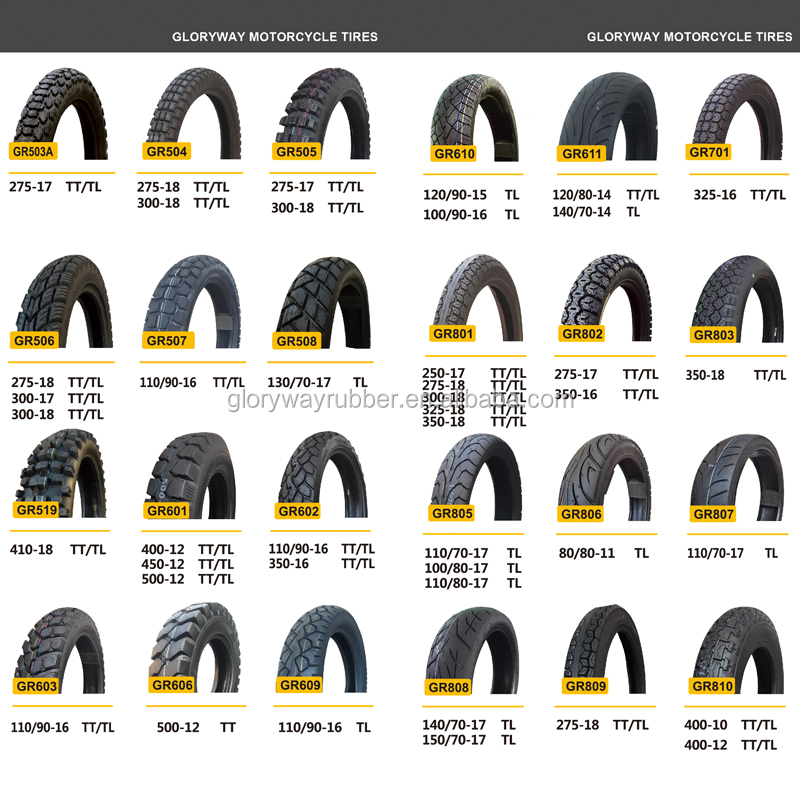
Although all of the above can be configured in the main Apache configuration file, .htaccess files have a number of advantages. Firstly, these files are interpreted as soon as they are found in the requested path, which allows you to change the configuration on the fly without restarting the web server. Secondly, it allows unprivileged users to control certain aspects of their own web applications using .htaccess .
This provides an easy way for applications such as content management systems (CMS) to configure their own environment without accessing the web server's configuration file. This can also be used by shared hosts to retain control over the main configuration file and give clients control over the configuration of certain directories.
Nginx does not interpret .htaccess files and does not provide a directory-level configuration mechanism outside of the main configuration file. This approach may seem less flexible than with Apache, but it has its advantages.
This approach may seem less flexible than with Apache, but it has its advantages.
The main advantage over using .htaccess is improved performance. A typical Apache installation allows .htaccess files to be used in any directory, so the web server is forced to check for the presence of this file in all parent directories of the requested file on each request. If one or more such files are found, then all of them must be read and interpreted.
Since Nginx does not allow directory-level config overrides, it can process requests faster by doing one directory lookup and reading one configuration file per request (assuming the file is found where it should be by convention).
The second benefit has to do with security. Distributed directory-level configuration in Apache places the responsibility for security on ordinary users, who are unlikely to be able to perform this task qualitatively. The fact that the administrator controls the entire server prevents security errors that can occur if users are given access to the configuration.
Be aware that you can disable .htaccess support in Apache if the above impresses you.
The way the web server interprets the request and matches it to a resource in the system is another differentiating feature in the two servers.
Apache has the ability to interpret the request as a physical resource in the file system, or as a URI that requires additional processing. The first type of requests uses configuration blocks or , the second - blocks .
Since Apache was originally designed as a web server, it interprets requests as resources in the file system by default. It takes the document root of the web server and appends it with the query part that follows the hostname and port number to find the requested file. In general, the file system hierarchy presented on the web is available as a tree of documents.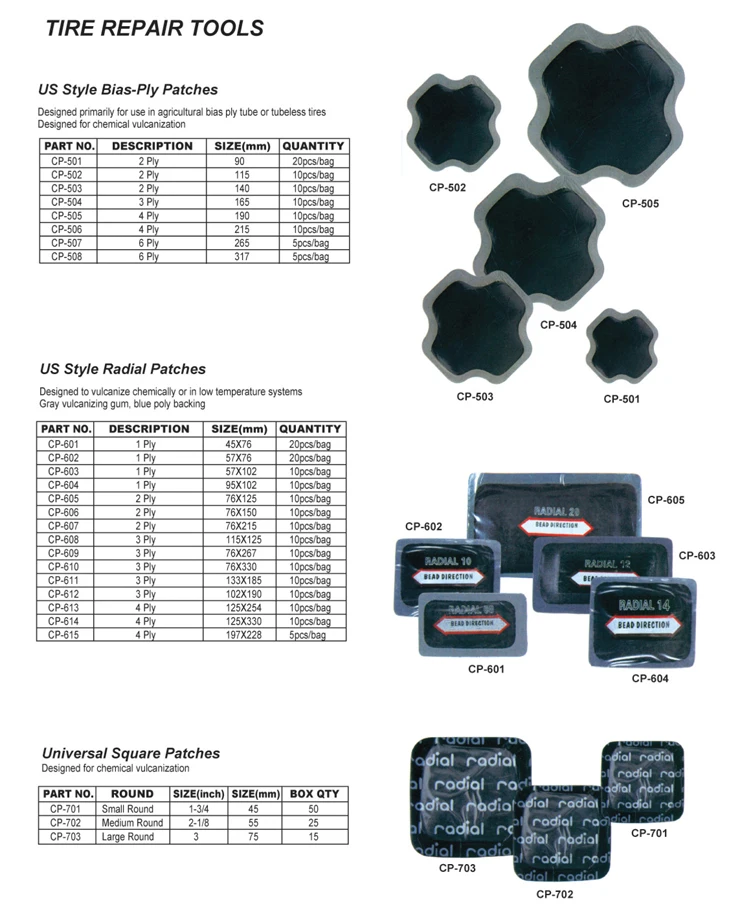
Apache provides a number of alternatives when a request does not match a file on the file system. Using Blocks is a method of working with URIs without mapping to the file system. It is also possible to use regular expressions, which allow you to set more flexible settings for the entire file system.
Since Apache can operate on both the file system and webspace, it mostly relies on file system methods. This can be seen in some web server architecture design decisions, such as the use of .htaccess files for directory-level configuration. The Apache documentation does not recommend using URI blocks to restrict access to file system requests.
Nginx is designed to work as both a web server and a proxy server. For this reason, it works primarily with URIs, translating them into file system requests as needed.
This feature can be seen in how Nginx configuration files are constructed and interpreted.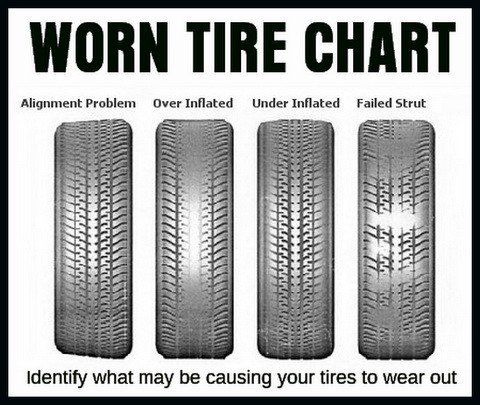 Nginx has no way to create a configuration for a given directory, instead it parses the URI.
Nginx has no way to create a configuration for a given directory, instead it parses the URI.
For example, the main configuration blocks in Nginx are and . The block defines the host to be served, the block is responsible for handling the portion of the URI that comes after the hostname and port number. Thus, the request is interpreted as a URI, not as a path in the file system.
In the case of requests to static files, all requests must be mapped to a path in the file system. Nginx first selects the server and location blocks that will be used to process the request and then concatenates the document root with the URI as configured.
These approaches (interpreting a request as a filesystem path and as a URI) may seem similar, but the fact that Nginx treats requests as a URI rather than a filesystem path makes it easier to handle both the role of a web server and with a proxy role.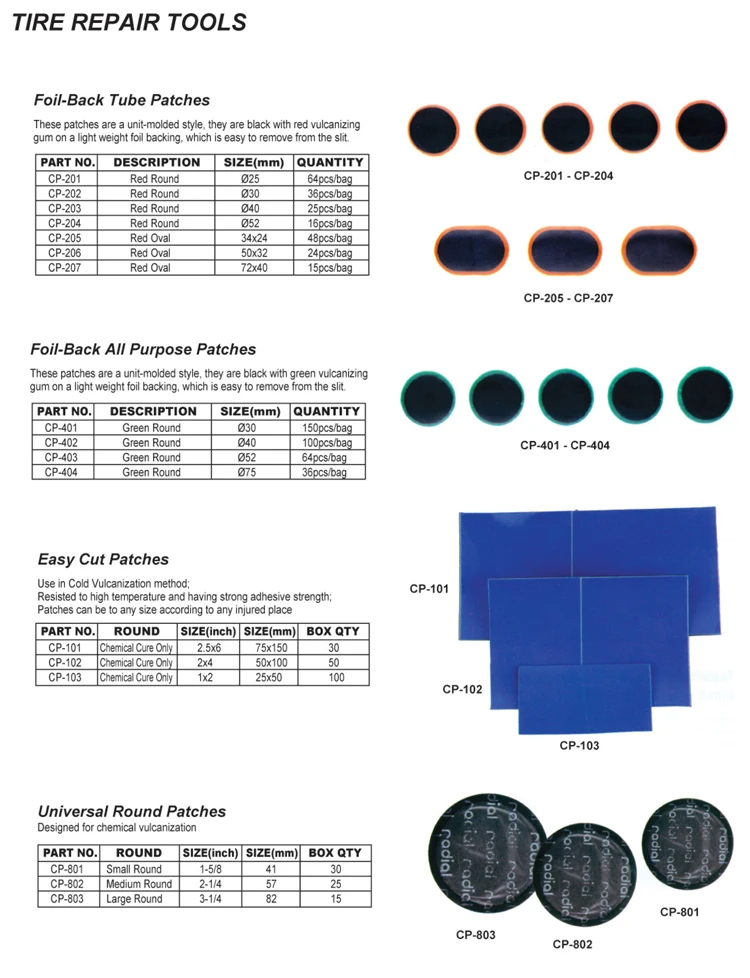 Nginx is configured to respond to various request patterns. Nginx doesn't access the file system until it's ready to serve a request, which explains why it doesn't implement anything like files
Nginx is configured to respond to various request patterns. Nginx doesn't access the file system until it's ready to serve a request, which explains why it doesn't implement anything like files .htaccess .
Both Apache and Nginx can be extended with a module system, but the way the module system is implemented is fundamentally different.
The Apache module system allows you to dynamically load and unload modules to suit your needs while your server is running. The Apache core is always available, while modules can be turned on and off to add or remove functionality from the core server.
Apache uses this functionality for a wide range of tasks. Due to the maturity of the platform, there are a huge number of modules that can change the key features of the server, for example, the module mod_php allows you to include a PHP interpreter in each worker.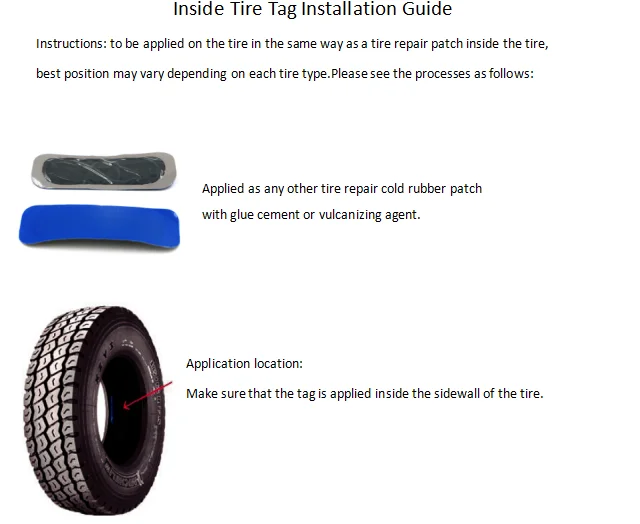
The use of modules is not limited to handling dynamic requests. Among other features of the modules: changing URLs (URL rewrite), client authentication, server protection, logging, caching, compression, proxying, request rate limiting, encryption. Dynamic modules can greatly extend the functionality of the kernel.
Nginx also has a module system, but it's very different from Apache's approach. In Nginx, modules are not loaded dynamically, but must be selected and compiled with the server core.
Many users find Nginx less flexible for this reason. This is especially true for users who have little experience in manually building applications and prefer to use package management systems. Usually, distribution developers strive to create packages for all commonly used modules, but if you need some non-standard module, you will have to build it from source yourself.
However, modules in Nginx are very useful and in demand, you can define what you want from the server and include only those modules that you need.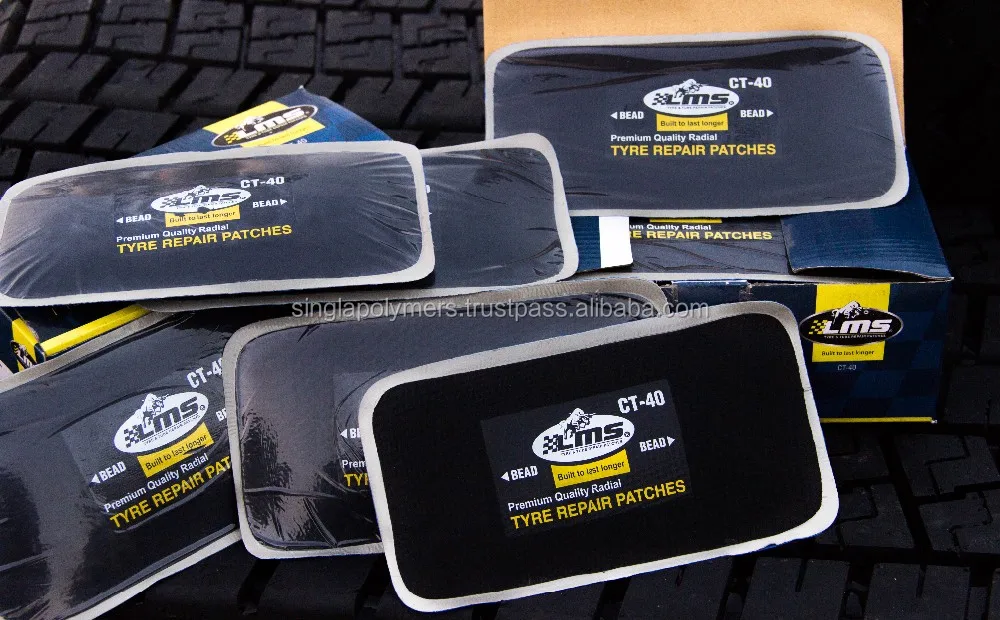 Some users consider this approach to be more secure since arbitrary modules cannot be connected to the server.
Some users consider this approach to be more secure since arbitrary modules cannot be connected to the server.
Nginx modules implement the same features as Apache modules: proxying, data compression, request rate limiting, logging, URL modification, geo-location, authentication, encryption, streaming, mail functions.
In the process of using the application, the ecosystem created around it and the possibility of obtaining support are important.
Since Apache has been popular for such a long time, it has no problems with support. You can easily find a large amount of documentation from both Apache developers and third-party authors. This documentation covers all possible use cases for Apache, including interaction with other applications.
There are many tools and web projects that come bundled with the means to run themselves from under Apache. This applies both to the projects themselves and to package management systems.
This applies both to the projects themselves and to package management systems.
In general Apache will have more support in third party projects simply because it has been on the market for a long time. Administrators also usually have more experience with Apache as most people start with shared hosting where Apache is more popular due to file support .htaccess .
Nginx is typically used where there are high performance requirements and in some areas it is still catching up.
In the past, it was difficult to find reasonable support for this web server in English, as early development and documentation was in Russian. Along with the growing interest in the project, the documentation was translated into English and now you can find a sufficient amount of documentation from both the web server developers and third-party authors.
Third-party software developers are also starting to support working with Nginx, and some of them already offer user-selectable configs for working with either Apache or Nginx. And even without application support for working with Nginx, it is not difficult to write your own config to integrate the application with Nginx.
And even without application support for working with Nginx, it is not difficult to write your own config to integrate the application with Nginx.
After you have read the pros and cons of Apache and Nginx, you should have an idea of which of the servers is more suitable for your tasks. However, you can achieve better results by using both servers together.
A common usage pattern is to put Nginx in front of Apache as a reverse proxy. In this configuration, Nginx is called the frontend, and Apache is called the backend. With this approach, Nginx will serve all incoming client requests and we will benefit from its ability to handle many concurrent requests.
Nginx will serve static content on its own, and for dynamic content, such as requests to PHP pages, it will send a request to Apache, which will render the page, return it to Nginx, which in turn will pass it to the user.
This configuration is very popular, Nginx is used in it to sort requests.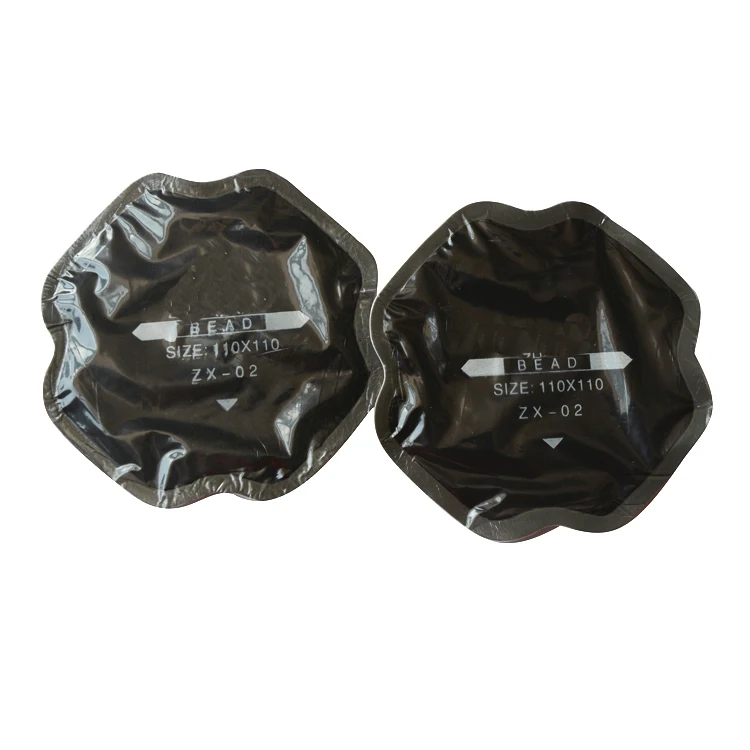 It handles the requests it can handle and only passes on requests to Apache that it can't handle itself, thus reducing the load on Apache.
It handles the requests it can handle and only passes on requests to Apache that it can't handle itself, thus reducing the load on Apache.
This configuration allows you to scale the application horizontally: you can install several backend servers behind one frontend and Nginx will distribute the load between them, thereby increasing the fault tolerance of the application.
As you can see, both Apache and Nginx are powerful, flexible, and functional tools. In order to choose a server for your tasks, you need to determine the requirements for it and conduct tests on all possible patterns of using your application.
There are significant differences between these projects that can impact the performance, capability, and implementation time required to implement and run each solution. Choice is a series of compromises and tests should not be neglected. Ultimately, there is no one universal web server for all possible tasks, so it is important to find a solution that best suits your tasks and goals.